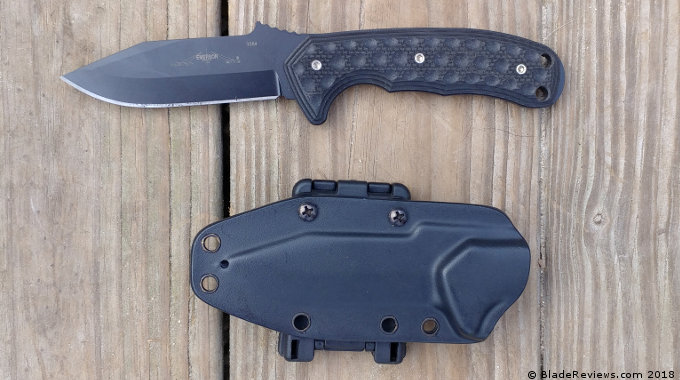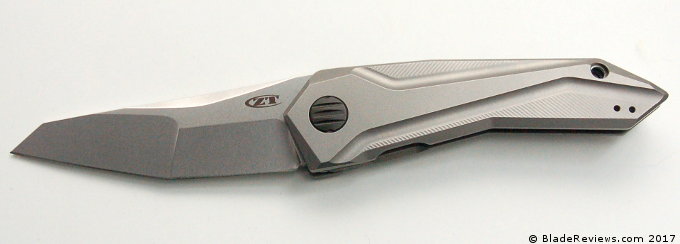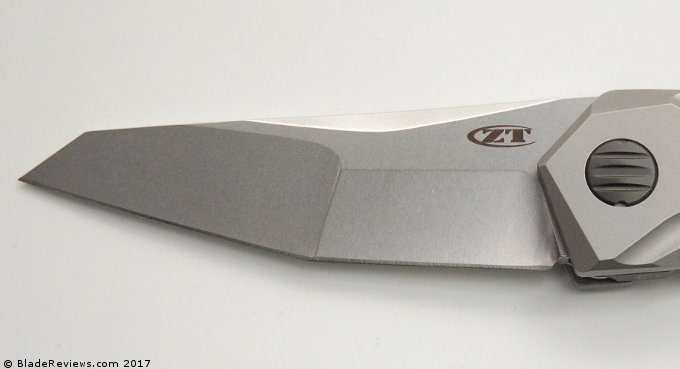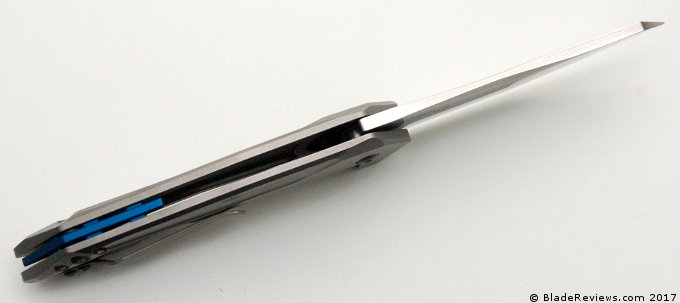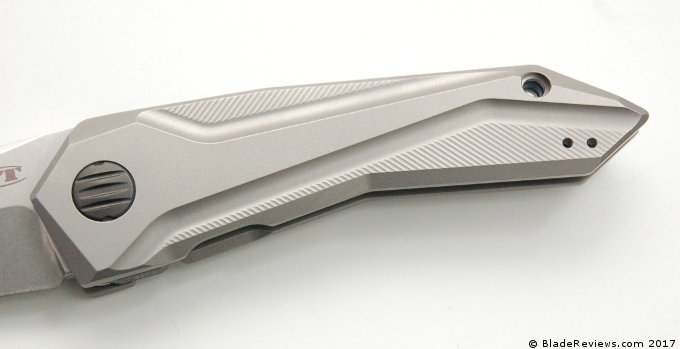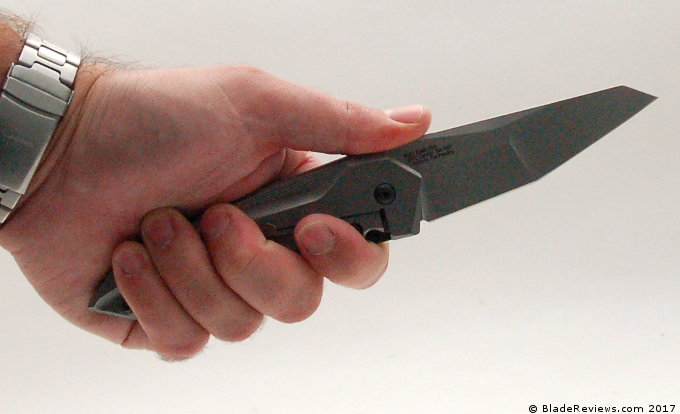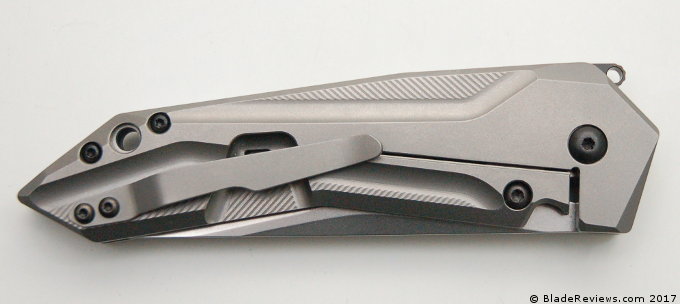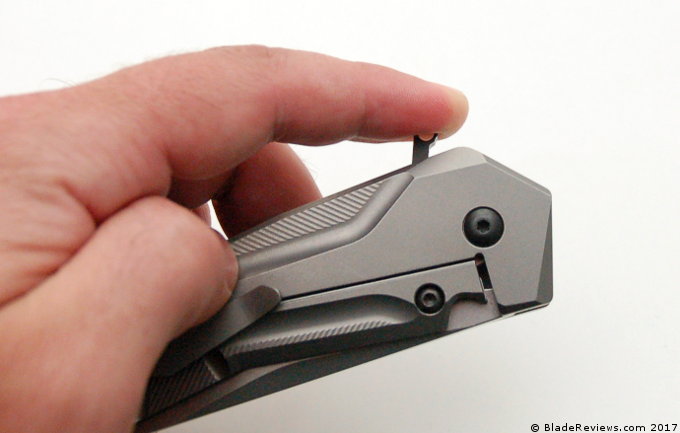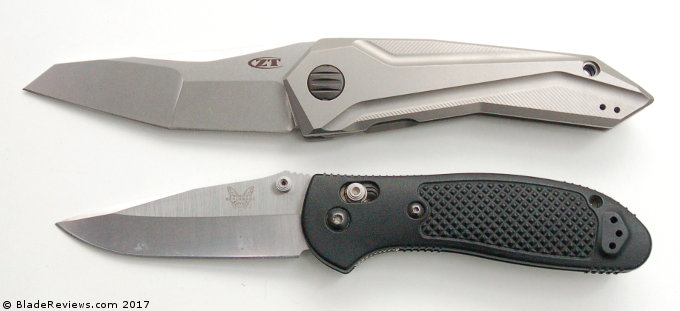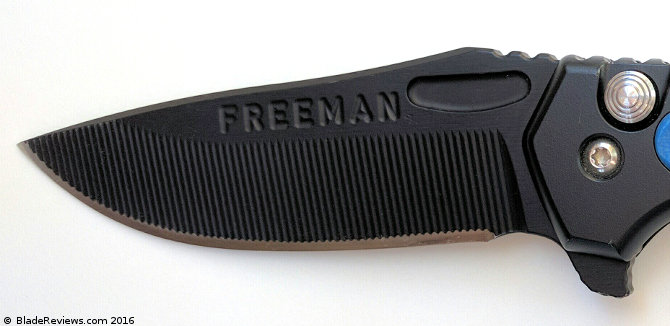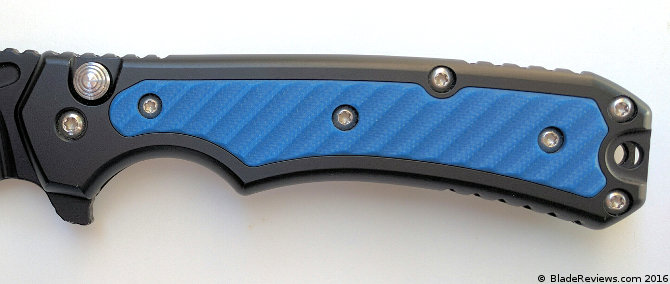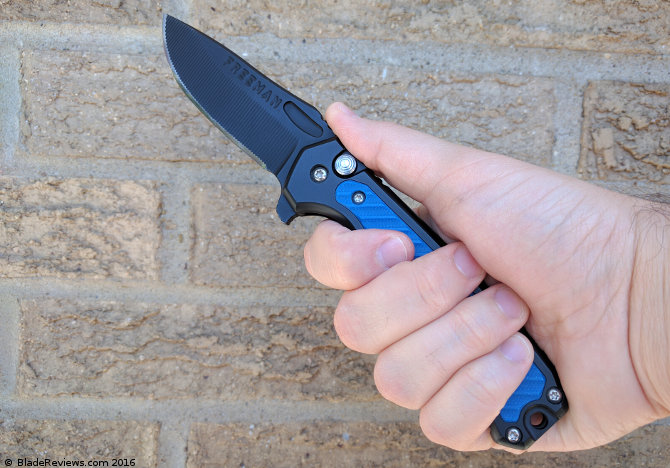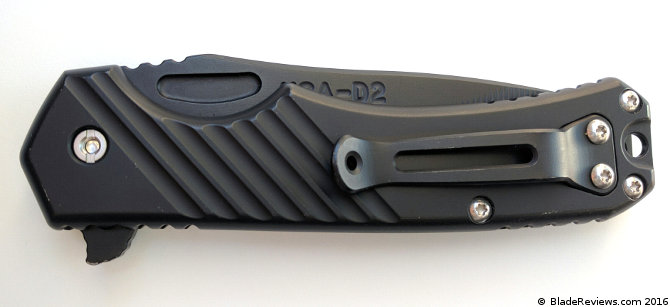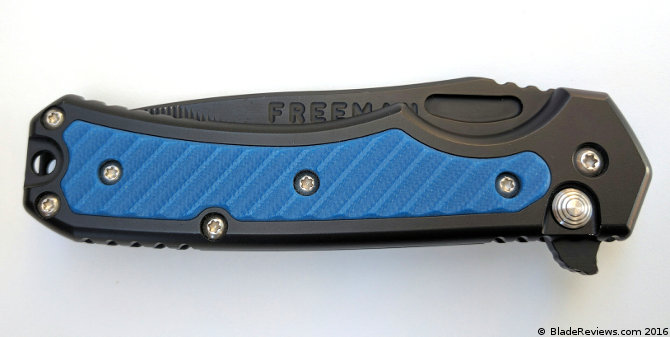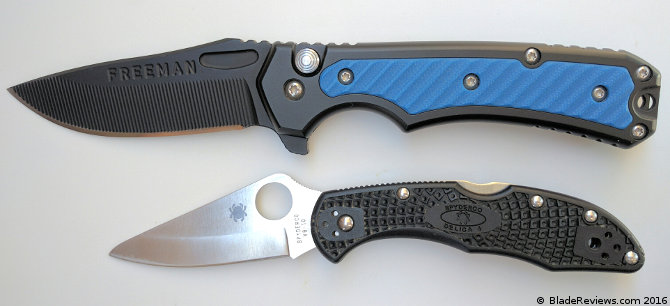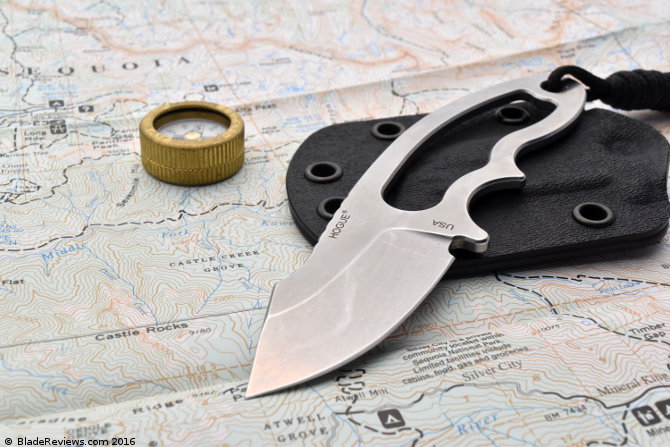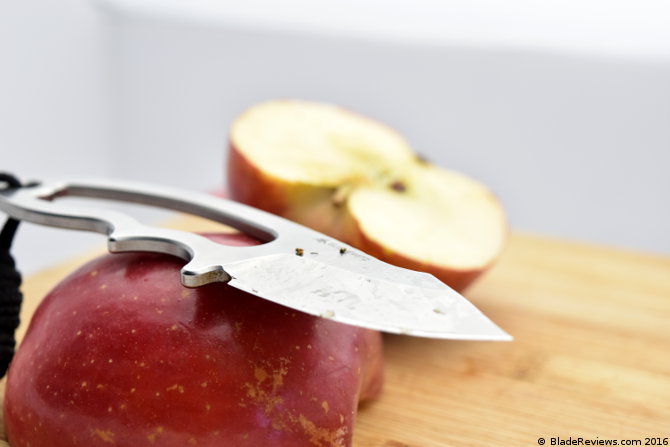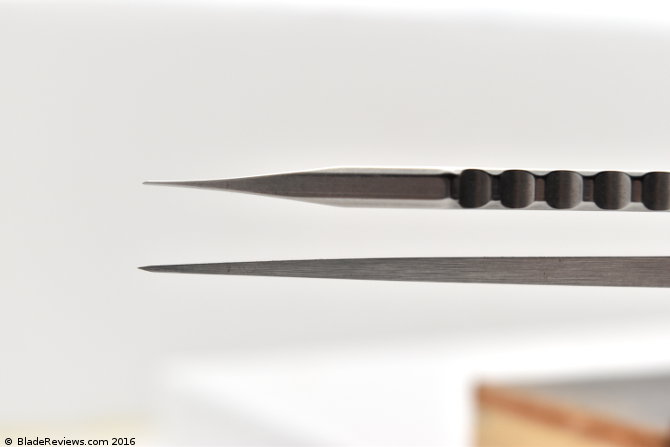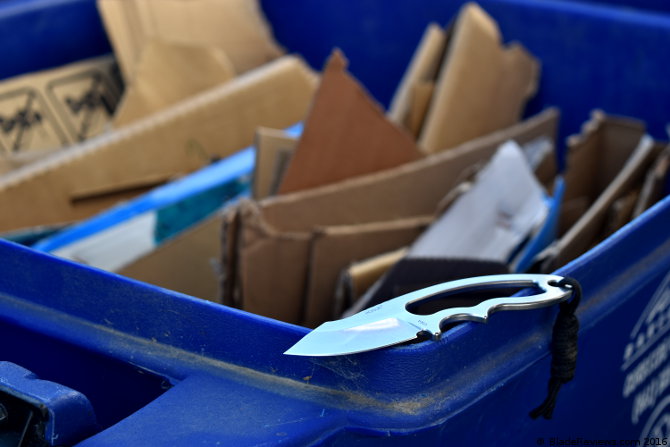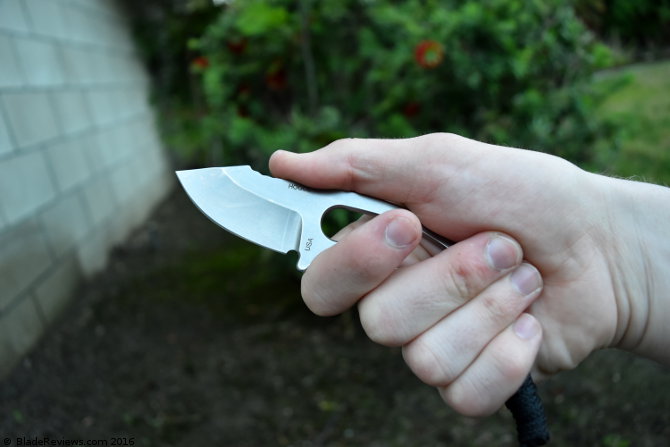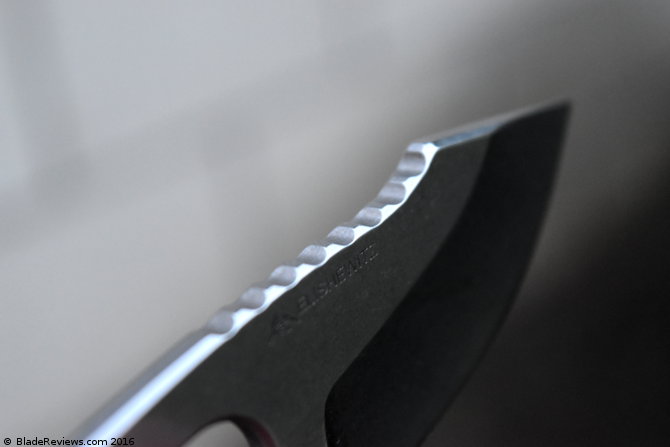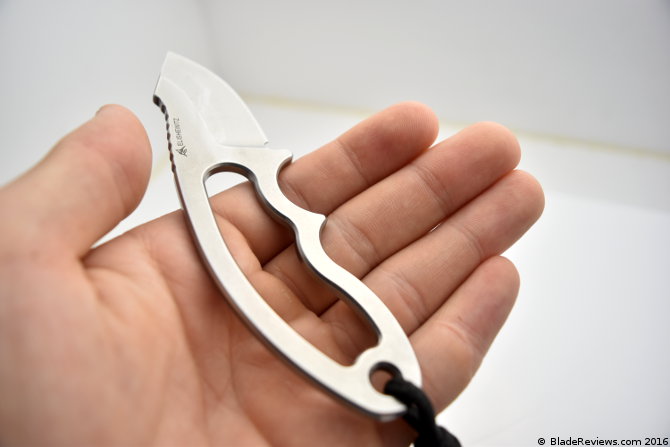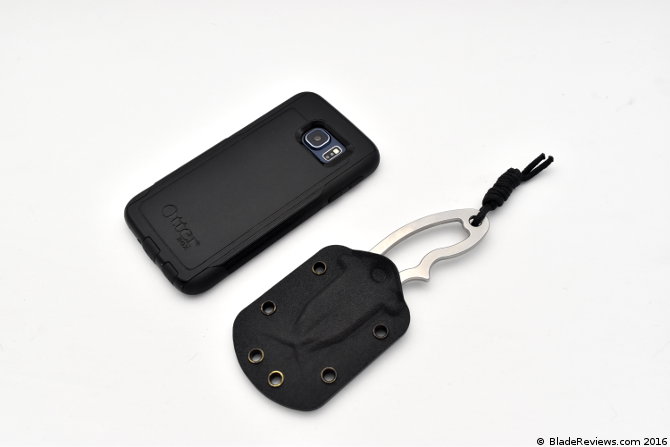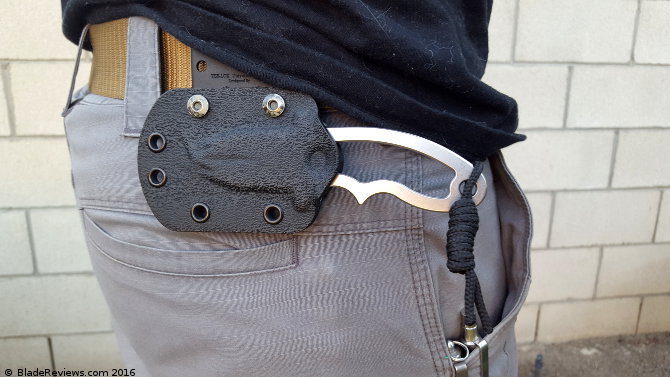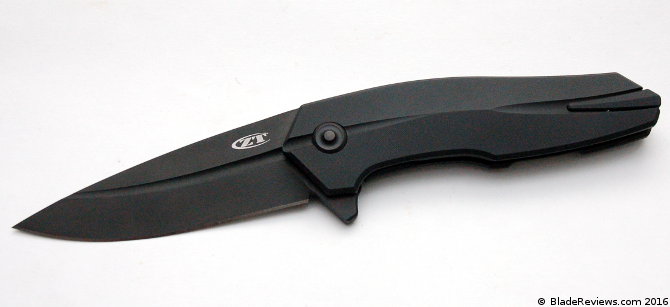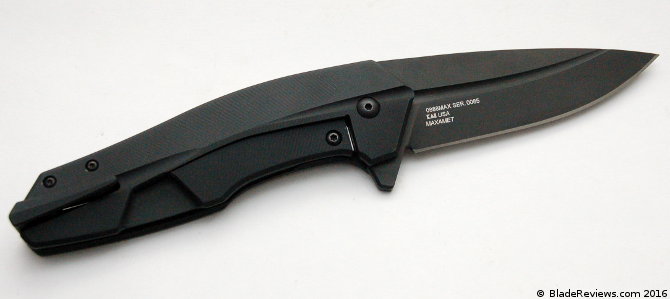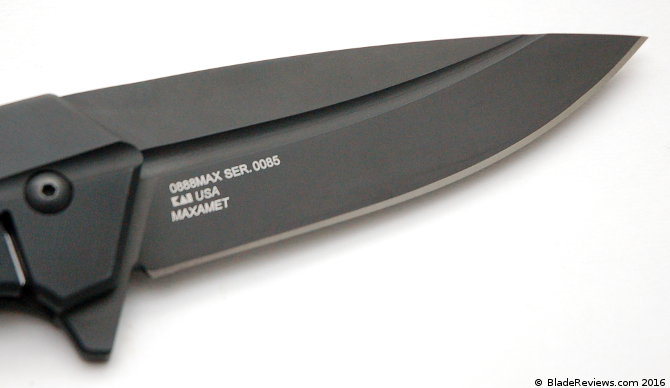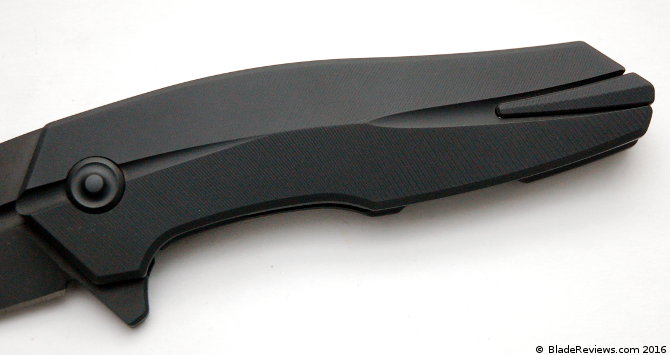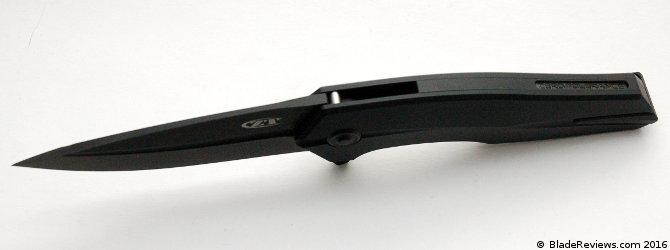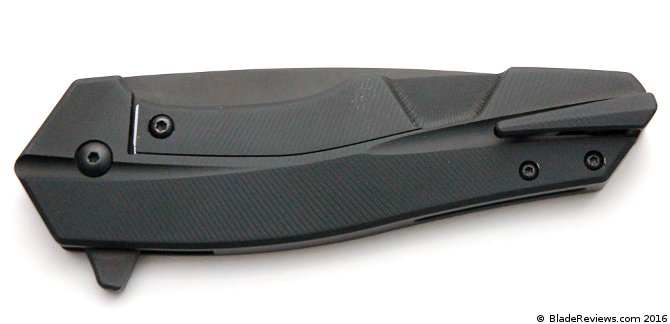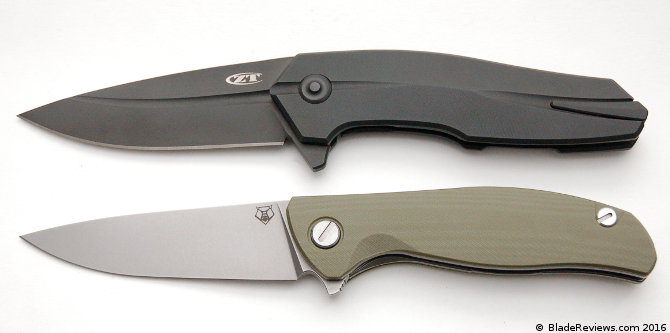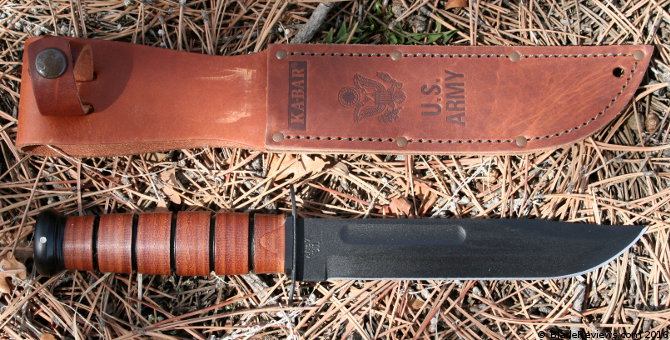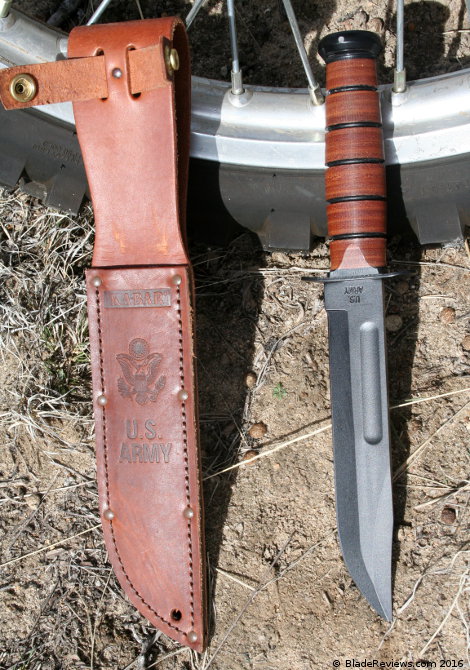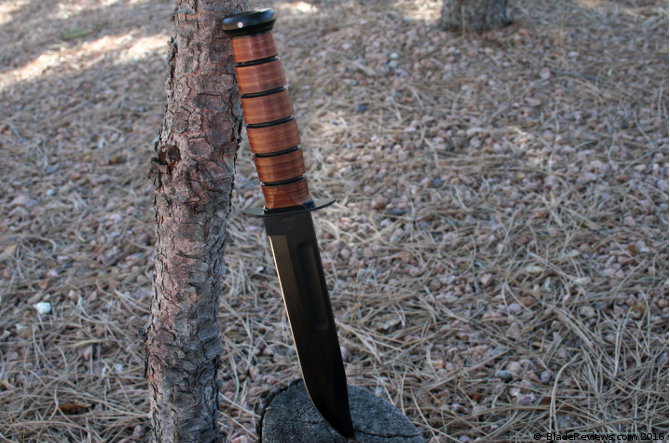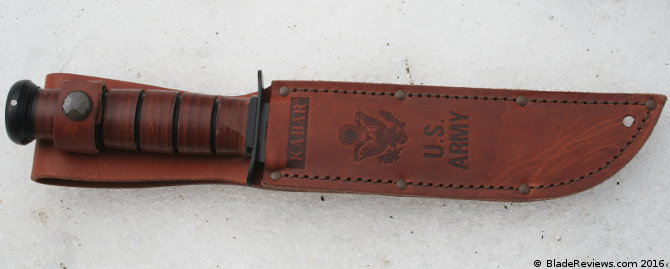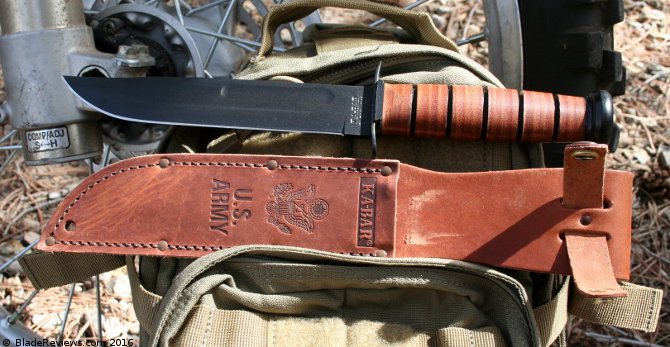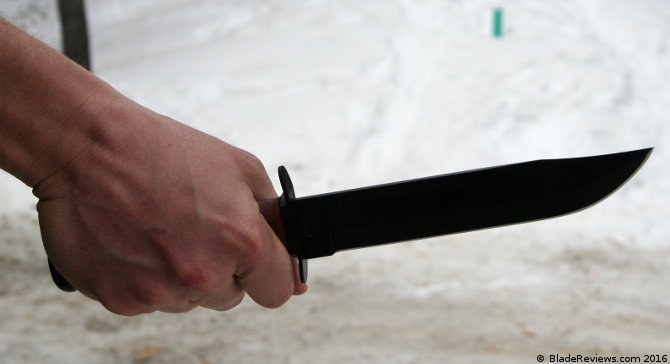Last Updated: August 5, 2019
Emerson is well known for producing a wide variety of knives, but they are most famous for producing a tactical folding knife known as the CQC 7. The CQC 7 is popular among spec ops troops around the world. The CQC 7 is what caused Ernest Emerson to turn the company from a garage operation to one of the most well-known knife companies in the world.
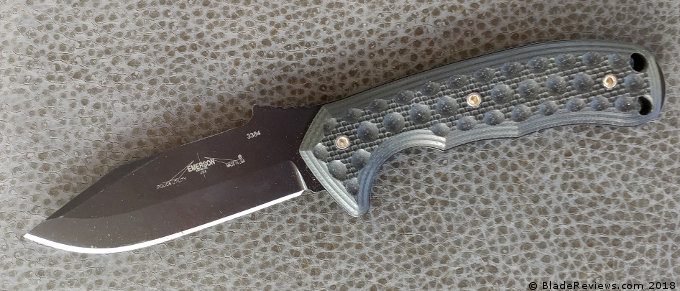
Buy the Emerson PUK at BladeHQ
By trade I’m a gun guy, and as a gun guy I find it easy to identify guns in movies. I’ve slowly become more and more of a knife guy and now I’ve started to notice knives in movies. Does this influence my interests? Sometimes… So, was Bruce Willis and Tears of the Sun on my mind when I snatched up an Emerson PUK? Sadly no, but once Tears of the Sun hit Netflix I got a little confirmation bias.
The Emerson PUK, or Police Utility Knife, is one of the few fixed blades Emerson produces. The PUK is not a big knife. It’s short and thin, but easy to carry. If Rambo has set the baseline for your commando knife, you’ll be disappointed at the subtle and small nature of the PUK. The PUK was made for police use, but according to Emerson has found its way into the hands of elite units like the British SAS.
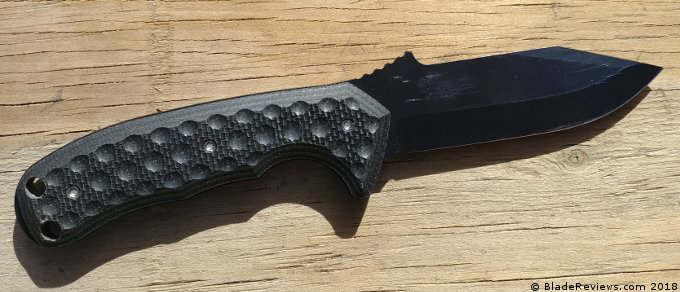
I’m sure it’s a great knife for Bruce Willis’ Navy SEAL, but I wanted to find out what the PUK offered the everyday Joe.
General Dimensions and Blade Details
The Emerson PUK has an overall length of 8.5 inches with a 3.6-inch blade and weighs only 5.5 ounces. The PUK is one of the many Emerson knives made in the USA.
The Emerson PUK blade is only .125 inches thick. This thin blade helps keep the knife both balanced and lightweight. The blade is designed for heavy duty cutting and is made from a single piece of 154CM steel. 154CM is better suited for heavier cutting than standard stainless steel and has excellent edge retention. The biggest downside to this steel is its corrosion resistance. It’s far from perfect, but Emerson took steps and coated the blade to protect it against corrosion.
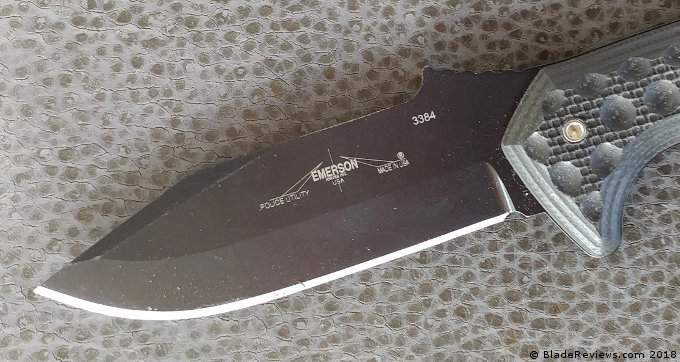
With the words Police and Utility in the name it’s safe to say this knife was designed to be more tool than weapon. However, I wouldn’t want to find myself on the wrong end of the PUK. The intent of the blade is for tactical use and the situations most police will find themselves in.
The cutting work of police is likely going to be heavy duty. Officers may be tasked with cutting through seat belts, through clothing, into the seats of cars and trucks, and much more. This kind of cutting requires a strong and capable knife. This is one of the advantages of using a fixed blade over a folding knife. With this in mind the blade’s V grind makes a lot of sense. V grinds tend to be better suited for heavy duty cutting. The PUK certainly has no qualms about slicing through materials both thick and thin.
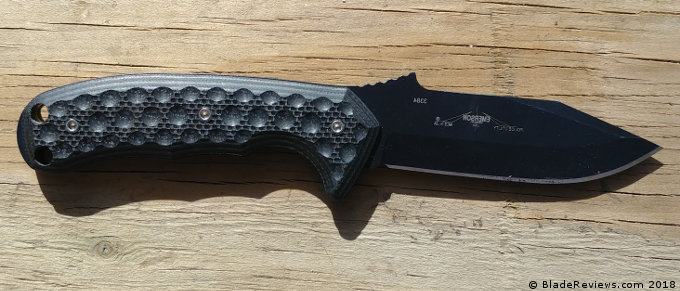
I’ve taken the PUK to task by cutting through cardboard, an old pair of jeans, a ratchet strap, and some half inch thick rope. It glided through the cardboard and jeans, and only took a little effort to rip through the rope and ratchet strap. I’d like to try it against a seat belt but the Highway Patrol likely wouldn’t accept that as an excuse for why I’m not buckled up.
The blade’s short length makes it nice and handy. A 3.6-inch blade is something more common on folding knives, but it makes the PUK compact enough for easy carry. For plain clothes officers or civilians this thin and relatively short knife is easy to conceal.
Handle and Ergonomics
The handle is made of two pieces of G10 glass laminate material. G10 is a tough and easy to texture material. Oh boy, are the PUK’s grips textured. The grips are heavily scalloped and between the scalloping is a rough stippling. Near the inside of the grips is a step style texturing all the way to the center of the handle. The combination of these three-different grip texturizations gives you a one helluva grip on the knife. This grip isn’t shy about being rough.
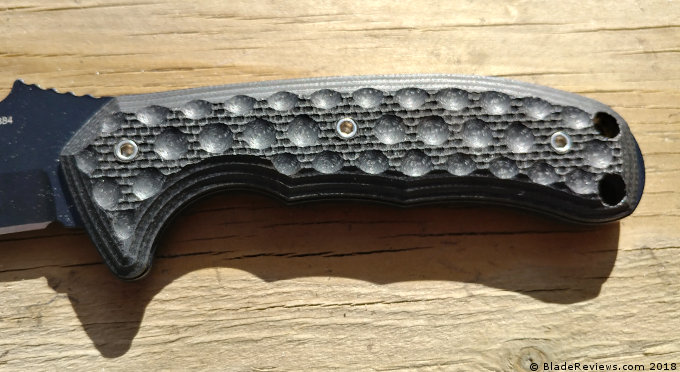
In the hand this is nice because the knife isn’t going anywhere. You can chop, slash, and stab and the knife is staying put. The downside is that heavy work sans gloves really starts to rub into the hand. I developed a few hot spots during testing. This is one knife where tactical gloves are a must have for long term use.
Another downside occurs when carrying the knife concealed. It really rubs against the body to the point where it’s just plain painful. I would suggest an undershirt between the knife and body.
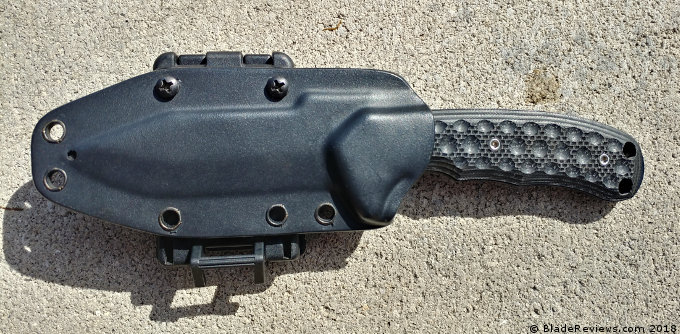
The handles form and shape is nice and comforting. It gives you a sure grip and the handle naturally forms a bit of a cliff to protect the index finger. On the opposite side a slight ridge rises and provides you a good point to rest the thumb for extra leverage.
Sheath
The old PUK’s came with nylon sheaths and this is what you see in Tears of the Sun. The new PUKs come with I’ve found to be one of the most robust and versatile sheaths options out there. It’s a kydex sheath that comes complete with a Tek Lok belt attachment.
The Tek Lok, from Blade Tech, is an incredibly versatile sheath mounting system. With the appropriate sheath you can easily change the orientation of the knife. You can do anything from add a little forward cant to mounting and carrying the knife horizontally.
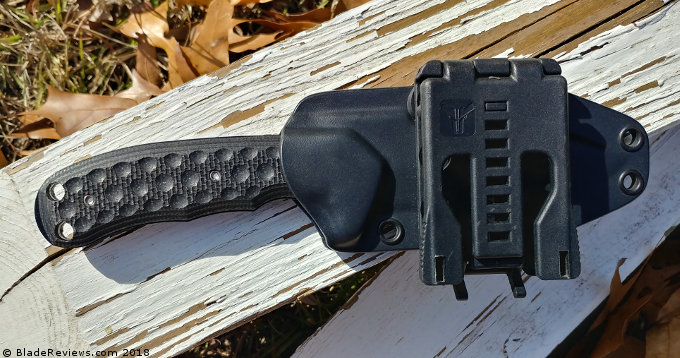
The Sheath uses a passive retention system that ensures the knife stays put. It doesn’t take much to remove the knife, but it feels secure. I’m comfortable running the knife horizontally, and even upside down on tactical gear. The sheath is even compatible with MOLLE Lok components if you want to attach it to a vest or battle belt.
Emerson PUK Review – Final Thoughts
The Emerson PUK is a nice working mans fixed blade knife. It does nothing but excel at its role as a compact fixed blade utility knife. This short, but strong knife is an excellent companion for police and soldiers who want something more compact than your average fighting knife. I could see it being an excellent knife for first responders as well. The PUK could be a camping knife, but a heavier, more robust knife like the ESEE 4 would likely be a better outdoors option.
It’s not exactly a cheap knife, retailing at over 200 dollars. I will say I think the knife is worth the money, but it may not be a knife needed by your everyday Joe. If you are looking for a compact, lightweight and dare I say easy to carry fixed blade utility knife the PUK fills that role. It’s a high quality blade that lives up to its namesake.
If you are thinking of buying an Emerson PUK, please consider purchasing it at Amazon or BladeHQ. By purchasing things through any of the links on this website you support BladeReviews.com, keep the website free of annoying banner ads, and help produce future reviews. Thank you very much.
